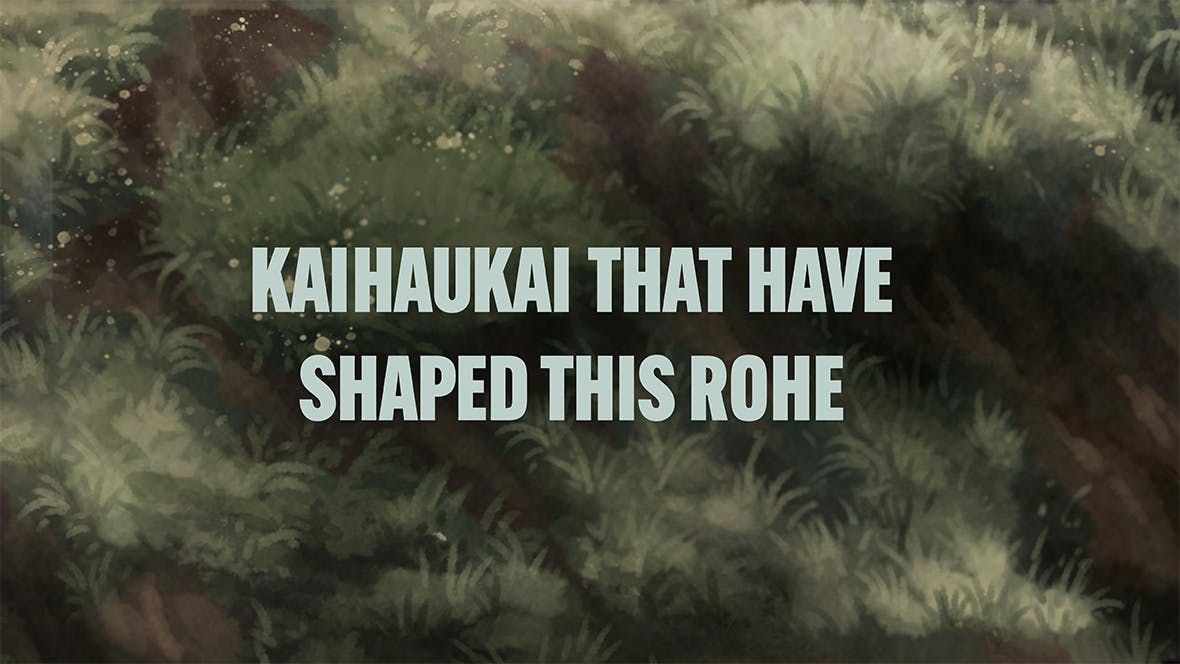Te Orokohanga
With Tipene Heperi
Te orokohanga is the Māori creation story. In te orokohanga, Ranginui, the sky father, and Papatūānuku, the earth mother, are the origins of the world.
Mana whenua, the tribes with authority over the Waipukurau-Takapau area, have lived here for hundreds of years. But wai (water) and whenua (land) have a whakapapa (lineage) that is even older.
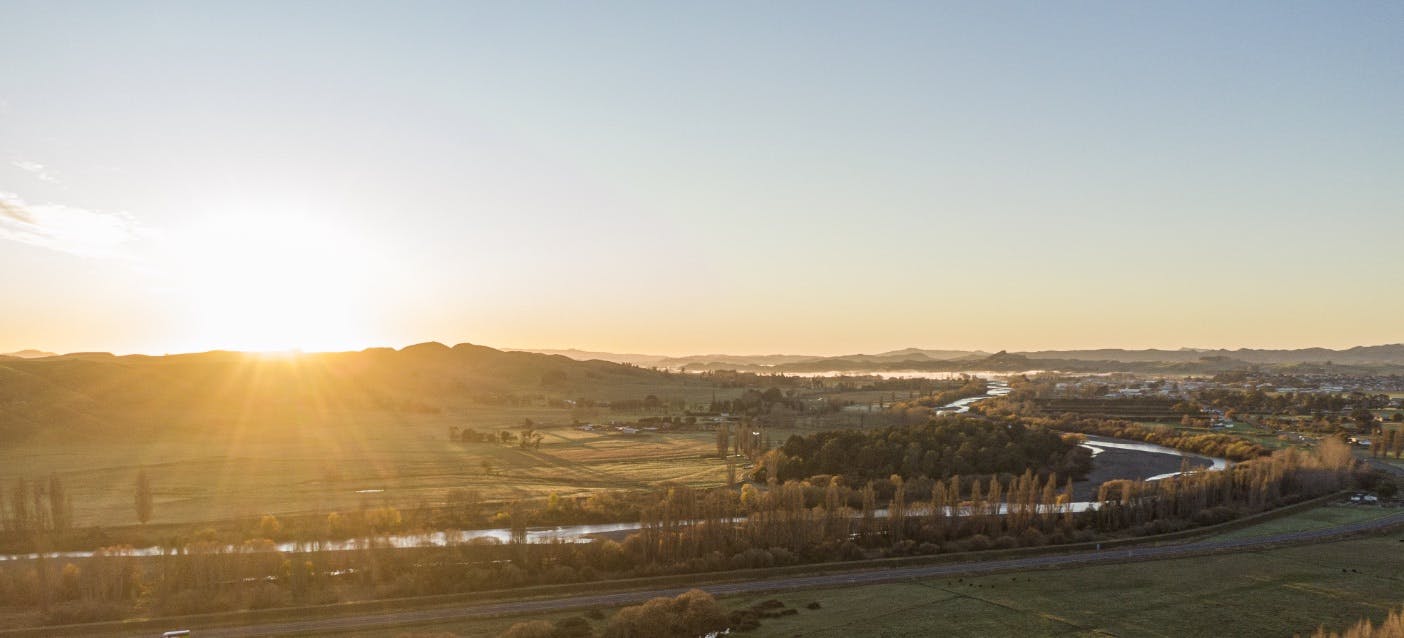
The history of this rohe (tribal area) – and the whole world – starts with wai and whenua.
Te orokohanga is the Māori creation story. In te orokohanga, Ranginui, the sky father, and Papatūānuku, the earth mother, are the origins of the world.
Without wai (water) there would be no life on our planet. Wai flows through our past, present and future.
Even when a baby is born, the first tohu (sign) is wai.
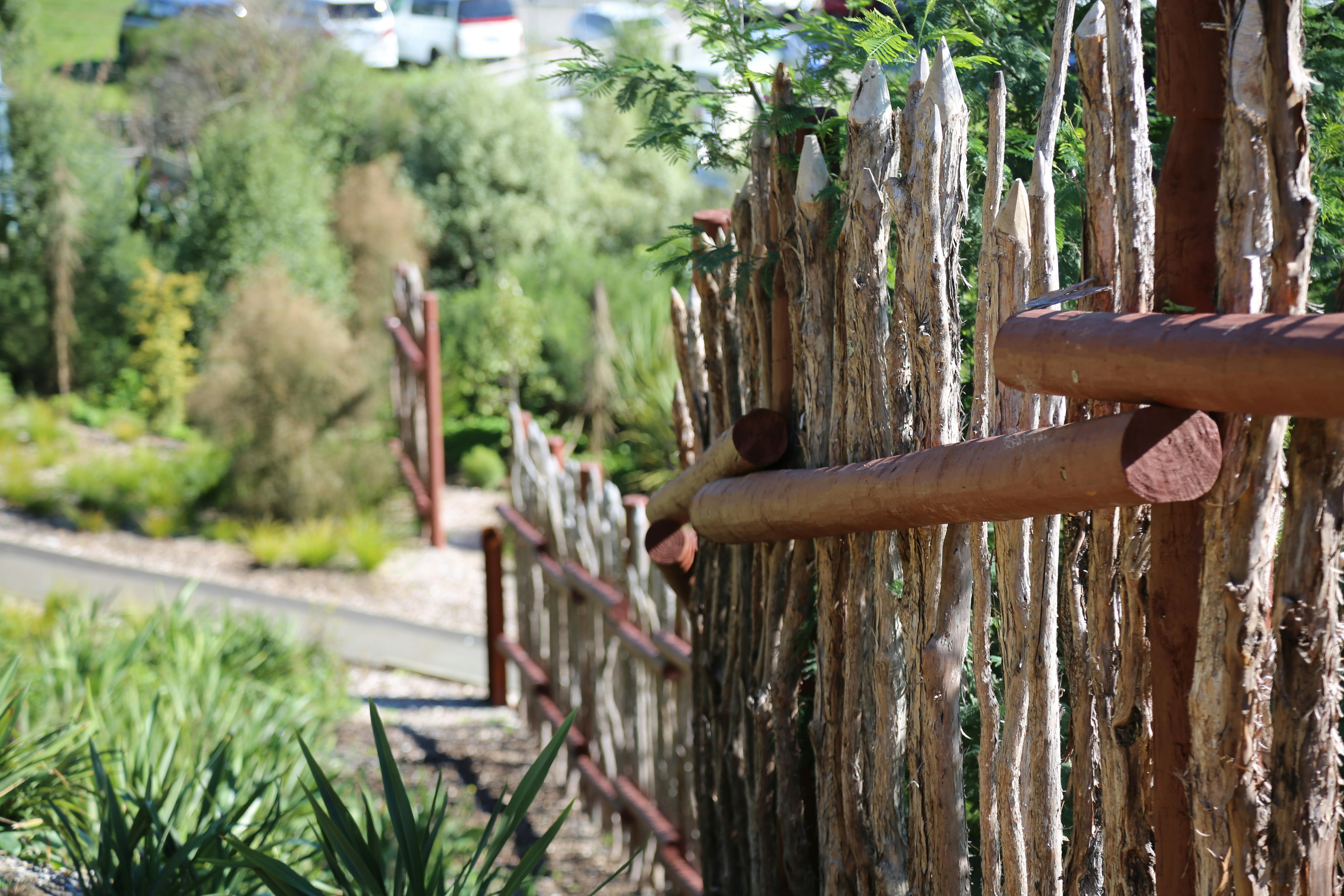
The early tīpuna (ancestors) are remembered for their extraordinary feats and many places in this rohe (tribal area) are named after them.
The first tīpuna to traverse this land, hundreds of years ago, included Tamatea, Tamakuku, Whata, Tangowhiti, Tara and Ira.
The early tīpuna Whata and Tangowhiti entered into an epic contest for the mana (authority) over the prized Lake Whatumā.
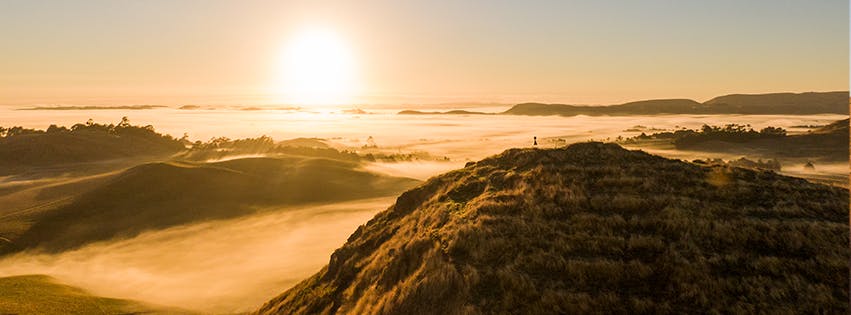
This land is part of a geographical corridor between the mountains and the sea, running from Hawke’s Bay to the Wairarapa. Many peoples have moved through this area over time.
There were three tribes living in this area before the 1600s. Ngāi Tangowhiti were descendants of the early tīpuna (ancestors) Tamakuku and Tangowhiti. Ngāi Tahu came from Poverty Bay to the east, and some of them stayed here while others continued moving south, eventually migrating to the South Island. Rangitāne came from Heretaunga (Hastings), to the north. These tribal groups lived symbiotically.
The next waves of people came under the tribe Ngāti Kahungunu, from Poverty Bay. Major battles broke out. Eventually, strategic marriages consolidated the mana whenua – the territorial rights over this area.
This area here was the borderland between Ngāti Kahungunu and Rangitāne
Alliances were made between high-ranking people to strengthen links between hapū (kin groups), safeguard against future threats, and consolidate mana (power and authority). As a result of strategic marriages over time, today all mana whenua (people with authority over this land) are connected by shared ara tīpuna (descent lines).
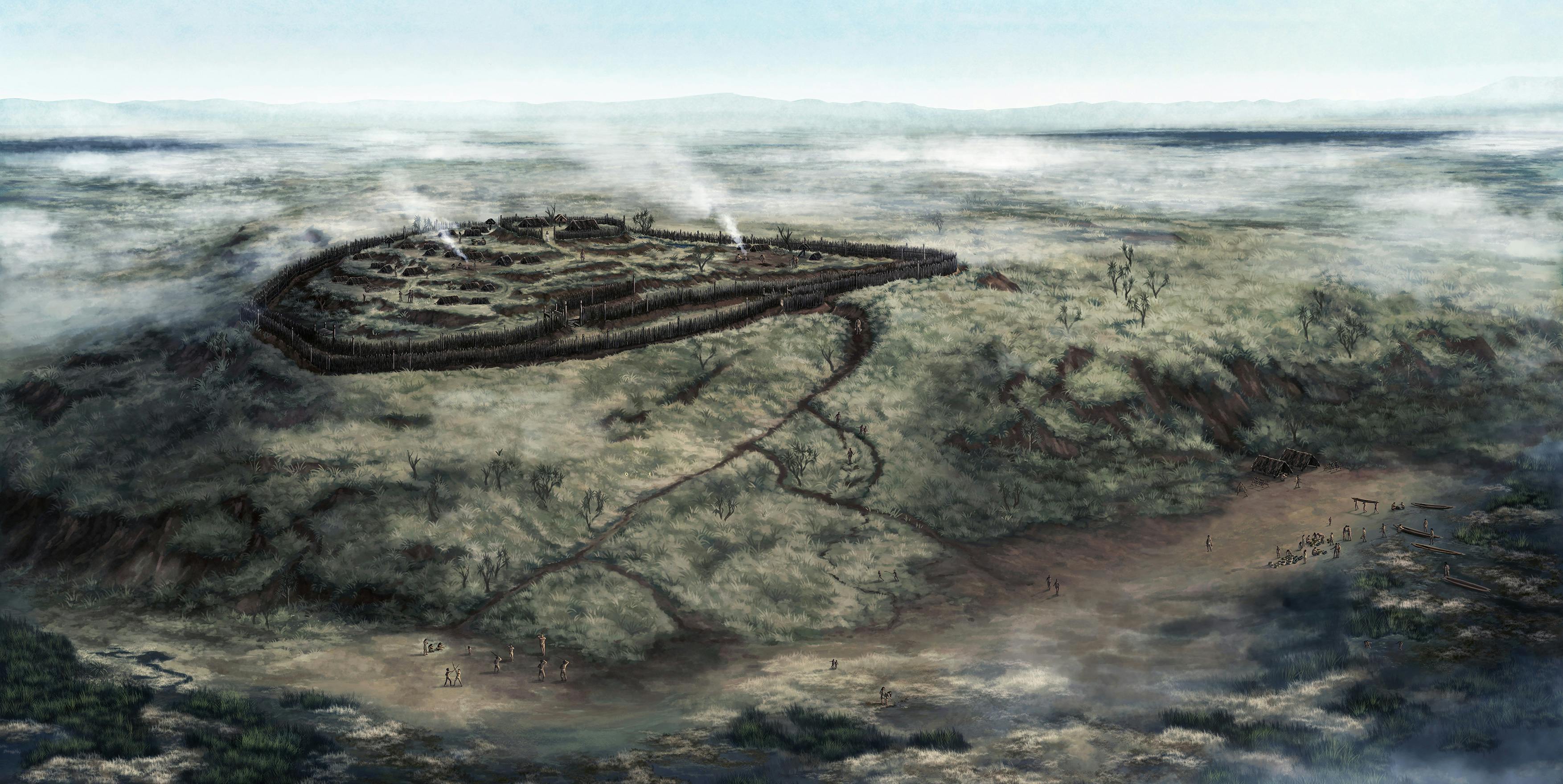
Pukekaihau Pā was built by the rangatira (chief) Ruakūhā 13 to 15 generations ago, in the 1600s. Positioned on a hill with a commanding view of the area, it became the main pā for hāpu of this area. The surrounding waterways and forests were part of the domain of this pā.
Pukekaihau Pā was a pā tūwatawata (fortified settlement). It was surrounded by palisade fences of heavy, three metre high posts.
This pā was constructed over several generations and occupied by the descendents of Ruakūhā.

Kaihaukai were reciprocal, ceremonial food exchanges between two tribal groups.
These were public displays of mana (power and authority). The more resources a rangatira had, the more they were able to give away, and the greater their mana. Rangatira who received kaihaukai were under obligation to repay their hosts by matching, if not exceeding, what they had been given.
